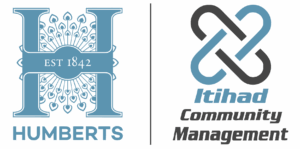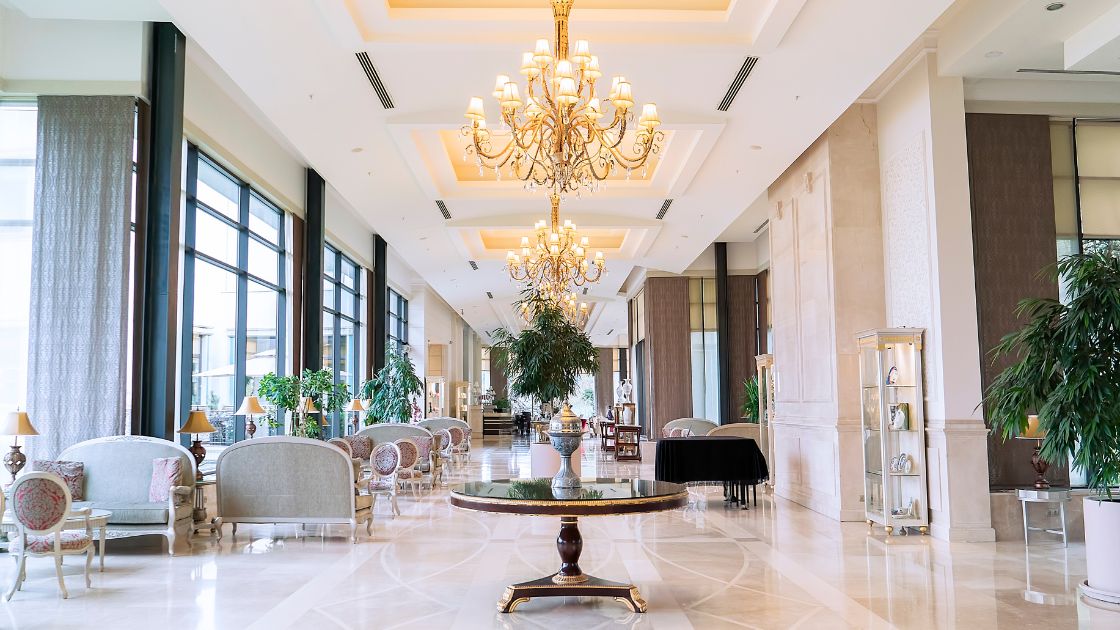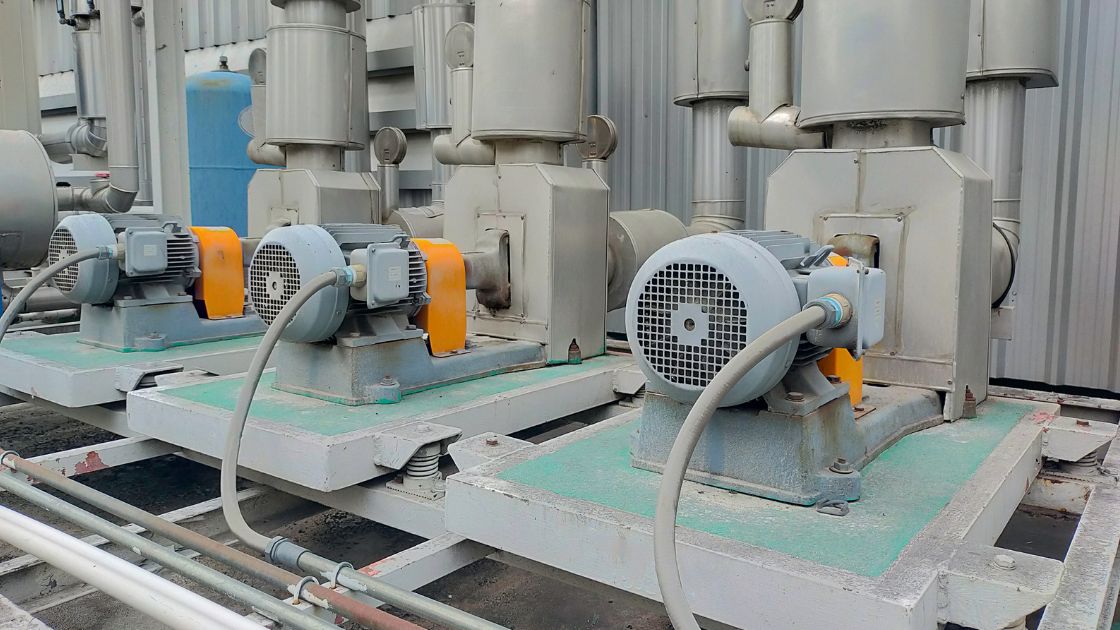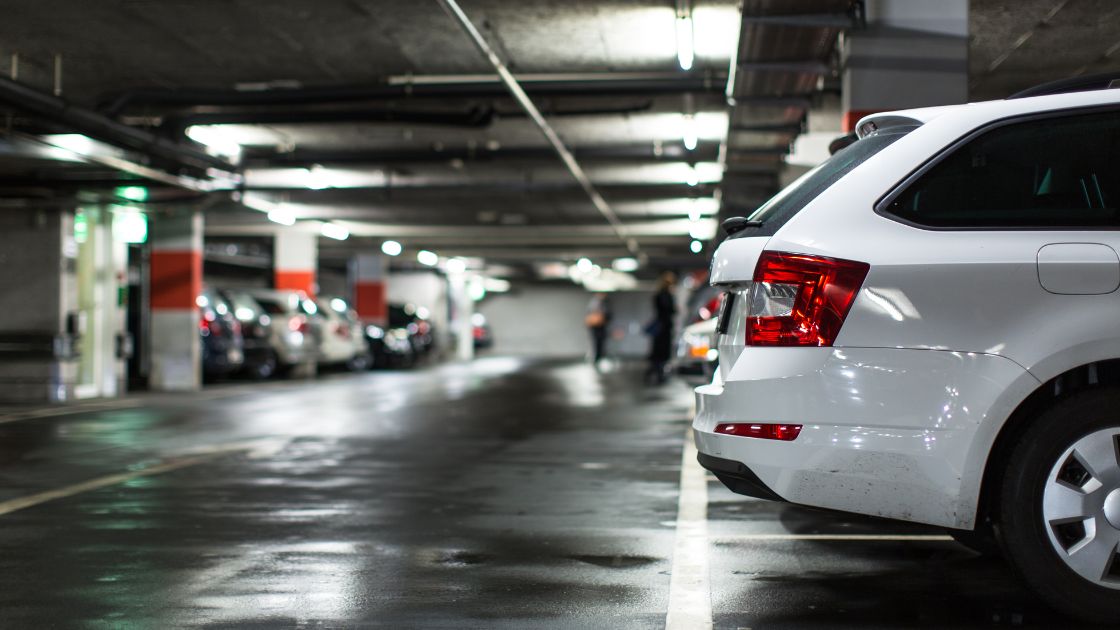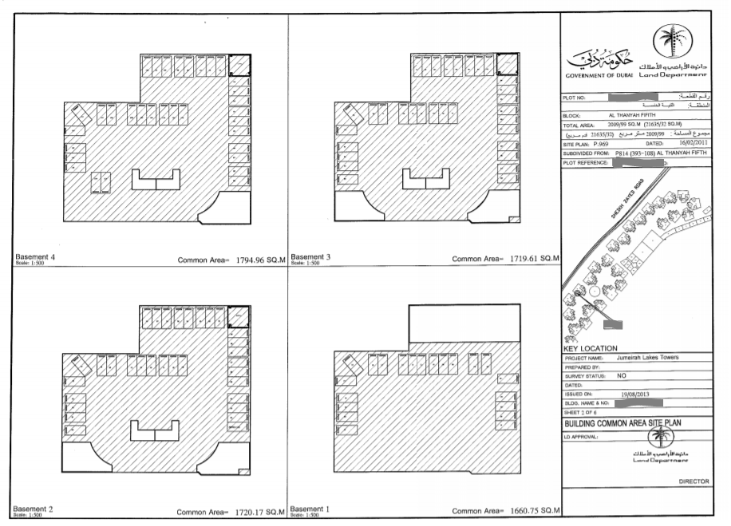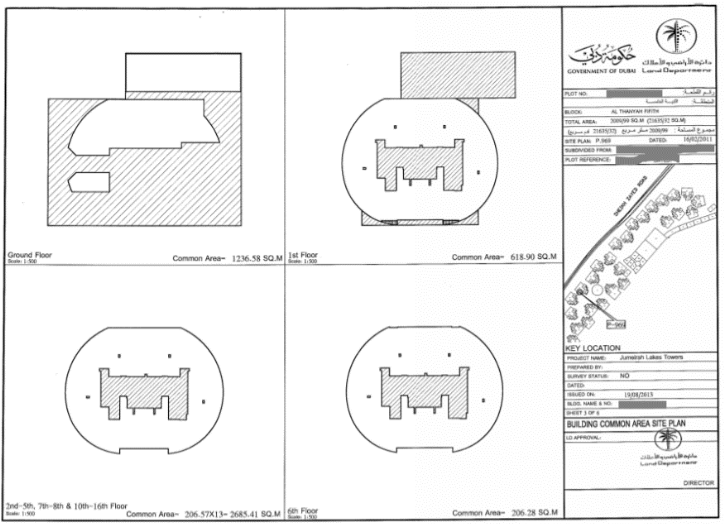What Are Common Areas in a Jointly Owned Property in Dubai?
Understanding Common Areas
In Dubai, common areas of Jointly Owned Property are defined and recorded in the Common Area Site Plan issued by the Dubai Land Department. These spaces are intended for communal benefit, but not all are freely accessible to everyone.
For example:
-
The building façade is technically a common area, yet only qualified technicians should access it.
-
Service areas—such as elevator shafts, machine rooms, or electrical risers—are common property, but restricted to authorised personnel.
-
Driveways, lobbies, and corridors are also common areas, open for daily use by all residents and occupiers.
How Common Areas Are Documented
A site plan may run several pages, each showing multiple layouts. It starts from the lowest levels (basement or sub-basement) and continues up to the roof. Each page includes:
-
Right panel: Plot details, plan number, and issue date.
-
Left panel: Layouts of floors, with hatched areas indicating common areas, and solid white areas showing private spaces.
If a series of floors share an identical layout, one diagram is used to represent all of them. Where there are subtle differences—for example, a façade change on the sixth floor—an additional plan is included for that specific level.
Beyond the Drawings
A descriptive understanding of common areas is essential, because the plans are often minimal and not self-explanatory. The law itself provides clarity. Article 7 of Law No. (6) of 2019 specifies that common areas are not limited to the spaces shown on drawings but also include:
-
Structural elements of the building
-
Pipes, ducts, and conduits
-
Equipment, fittings, and installations that serve multiple units
In short, common areas are both physical spaces and functional systems shared among owners and occupiers.
![Original-Itihad-Logo-Transparent-vectorized-e1610016812521[1]](https://www.itihad.co.ae/wp-content/uploads/Original-Itihad-Logo-Transparent-vectorized-e16100168125211.png)

